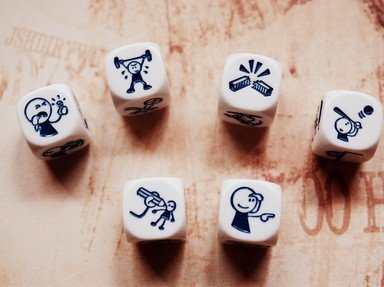Quiz Answer Key and Fun Facts
1. Mars Incorporated, the confectionery company that produces the tasty Mars bar, also manufactures another popular bar called Snickers. After which family pet did the Mars family name this taste tempter?
2. Which actress, who played a less than sympathetic role on that most excellent series "Little House on the Prairie" would, as a later adult, laughingly describe her role on the show as similar to "having PMS for seven years"?
3. Do you remember the story of Lizzie Borden and the horrendous murder of her parents of which she was accused? It was said later that she was never the same after those 1892 murders, but perhaps the main reason for that was the bizarre conducting of the autopsy on the bodies of her parents. Where was this carried out?
4. Two of the main reasons for the tonsure worn by many early Catholic monks and clerics were that it was a visual representations of religious devotion and humility. What was the third reason?
5. When Mark Twain's "The Adventures of Huckleberry Finn" was first published, and thirty thousand copies of the book had been printed, they had to be hastily recalled for one of the images to be replaced. Why?
6. Which great American aviation hero of the 1920s, when talking about the ideal romance, likened a healthy woman with good genes to healthy breeding animals on a farm?
7. Goodness gracious me, you won't believe this. Borrowed from a timeless practice carried out by North American Indians, the 17th century medical profession in the western world began using tobacco smoke for which peculiar purpose?
8. Pattycake was a gorilla who was the first of her kind born in captivity in New York. She became exceptionally famous at her birth, so much so she was likened to which famous child star from the early days of the movies?
9. Bloomers began to be worn by members of the fairer sex from 1849 onwards. They gradually replaced the previous horrendously tight practice of wearing corsets. The medical profession in particular heartily endorsed this new fashion for the ladies. Why?
10. Johann Sebastian Bach, as you know, had twenty children. A few of these were famous composers in their own right, but by the time the grandchildren came along, that talent seems to have dried up. The only grandchild to show any musical brilliance at all made which comical remark about the dearth of musical brilliance in the Bach descendants?
Source: Author
Creedy
This quiz was reviewed by FunTrivia editor
trident before going online.
Any errors found in FunTrivia content are routinely corrected through our feedback system.


